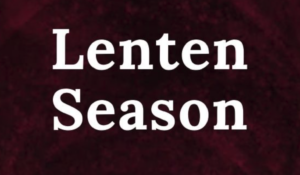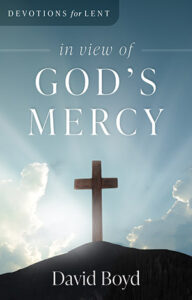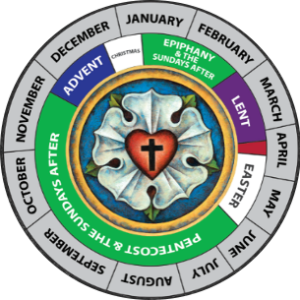
THE TIME OF EASTER – LENT
The Time of Easter invites us into the story of Jesus’ sacrificial death and His glorious resurrection. The resurrection of Jesus gives proof that our salvation has been completed and that our hope for eternal life with God is secure.
Easter was the major celebration of the Early Church, which also set aside a period of preparation to celebrate the Feast of the Resurrection of Our Lord (Easter). Lent was a period of preparation first prescribed for baptismal candidates. During this period, the candidates were examined in preparation for Baptism at the Easter (or Paschal) Vigil. Later, these forty days were associated with Jesus’ forty days in the desert prior to His temptation (Matthew 4:1-11) and with the forty years the children of Israel spent in the wilderness (Numbers 14:34), becoming a period of preparation for every Christian.
The Sundays during this season are not “of Lent” but “in Lent.” Thus the Sundays retain an Easter tone and may be less solemn than the mid-week services that congregations typically offer. The observances of Lent are concrete reminders of the greater solemnity of this season, yet Lutherans emphasize the Gospel of Christ as central even to this penitential season.
In Lent, we prepare our hearts to receive our crucified and risen Lord.
Psalm 51 Isaiah 58:6-12 Joel 2:12-13 Matthew 4:1-11 Matthew 6:1-18 Romans 6:1-4
LENT PRACTICES AND TRADITIONS
The church is decorated in violet, the color of royalty and repentance. This period of repentance is marked by a purposeful turning away from our sin and turning toward Christ for His mercy and forgiveness.
Ash Wednesday begins the observance of Lent. Ashes on the forehead is a sign of penitence and a reminder that we, too, shall die and therefore need forgiveness from Jesus. Black may be used to decorate the church on Ash Wednesday.
Alleluia is the Hebrew word for “Praise the Lord.” tI is a joyous expression of faith in God. During Lent, we forego using this joyous response in order to focus on our need for repentance and faith.
As in Advent, so in Lent, we do not sing the Gloria in Excelsis in the Divine Service. We do this to focus our worship on repentance.
Fasting is giving up eating at a particular meal or time in order to devote that time to prayer and meditation on the Word of God.
Many churches observe Lent by gathering for midweek services. These additional times of worship and gathering around God’s Word help us prepare to observe Holy Week and celebrate Easter.


